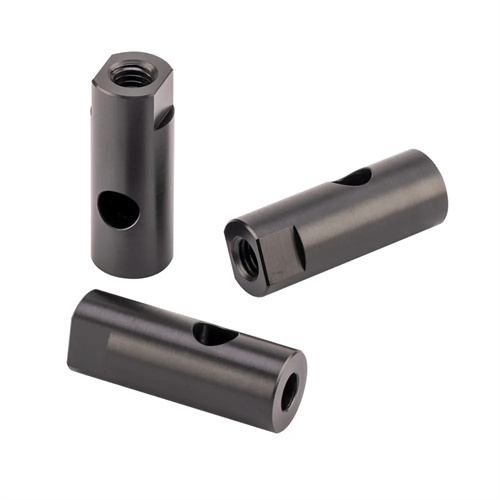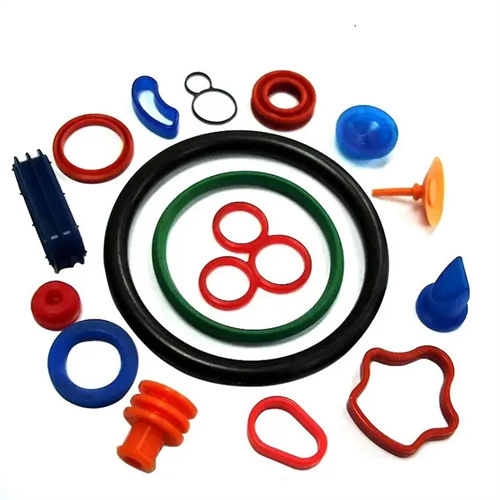Solutions and machine adjustment techniques for serious color mixing of injection molded parts
Severe color mixing in injection molded parts is a common quality issue in production. This can manifest as discolored streaks, spots, or overall uneven color on the surface of the product, affecting not only the appearance but also potentially leading to product rejection and increased production costs. Color mixing is often associated with factors such as uneven raw material mixing, inadequate equipment cleaning, and inappropriate process parameter settings. Addressing this issue requires addressing multiple aspects, including raw material handling, equipment maintenance, and process adjustments, combined with effective machine adjustment techniques, to fundamentally eliminate color mixing defects and ensure consistent product quality.

Improper raw material handling is the primary cause of serious color mixing, so control must be strengthened at the source. First, raw materials of different colors or brands should be stored separately to avoid cross-contamination, and storage containers should be covered and sealed to prevent the intrusion of dust and impurities. During the raw material mixing process, if manual mixing is used, sufficient mixing time must be ensured (typically 5-10 minutes), and dedicated mixing equipment must be used to ensure even dispersion of the masterbatch and substrate. If an automatic mixing system is used, the equipment’s metering accuracy must be regularly calibrated to prevent imbalances in the masterbatch addition ratio. Hygroscopic raw materials (such as PA and PC) must be thoroughly dried before mixing, as moisture can affect the fluidity of the melt and lead to uneven mixing. Furthermore, avoid using damp or agglomerated masterbatches, as these are difficult to disperse and can easily form discolored spots on the surface of the finished product.

Incomplete equipment cleaning is another significant factor in color mixing, especially when changing colors or grades. Targeted cleaning measures are necessary. For key components such as the screw and barrel, the appropriate cleaning method should be selected based on the type of raw material previously processed. If dark-colored raw materials were previously processed, flushing with a primary colorant (such as PE or PP) can be performed initially to utilize its excellent fluidity to remove residual pigment. Flushing typically requires 3-5 cycles. If residual pigment is highly adherent, a specialized cleaning compound (such as a masterbatch containing an abrasive) can be used to enhance shearing to remove stubborn stains. During the cleaning process, the barrel temperature should be raised to 10-20°C above the raw material’s melt temperature, and the back pressure should be appropriately increased (to 10-15 MPa) to enhance shear mixing of the melt. After cleaning, produce 3-5 molded parts continuously for observation. Only after confirming that no residual color remains can production resume.

Optimizing process parameters is a key machine tuning technique for resolving color mixing issues. Regarding temperature parameters, ensure that all barrel sections are set appropriately to fully melt the raw materials and masterbatch. Excessively low temperatures can lead to poor plasticization, preventing the masterbatch from fully dispersing and resulting in discolored streaks. Excessively high temperatures can cause pigment decomposition and discoloration. Generally, the barrel temperature should be 10-30°C higher than the substrate’s melting point. For example, when processing ABS products, the barrel temperature can be set to 200-230°C. Regarding screw speed and back pressure, appropriately increasing the screw speed (typically 80-120 rpm) enhances shear mixing of the melt and promotes masterbatch dispersion. Simultaneously, maintaining back pressure within 5-10 MPa prevents excessive raw material degradation, improves melt density, and minimizes the impact of bubbles on color mixing. Furthermore, the injection speed should be kept low to prevent turbulence in the mold cavity, which can lead to uneven color mixing.

The impact of mold structure and production environment cannot be ignored, and appropriate measures must be taken to address color mixing issues. The mold’s runner design should ensure smooth melt flow within the cavity, avoiding dead corners or eddies. Otherwise, masterbatch can accumulate locally, resulting in color mixing defects. For complex molds, venting slots can be installed at the end of the runner to promptly exhaust air and prevent uneven mixing of the melt due to gas obstruction. Regarding the production environment, the workshop must be kept clean to avoid dust contamination between different colored raw materials. Specialized tools should be used when adding materials to prevent cross-contamination. If color mixing issues recur, a “staged troubleshooting” approach can be employed: first, conduct trial production with new materials and masterbatch to eliminate raw material issues; then, check equipment cleanliness and, if necessary, disassemble the screw and barrel for thorough cleaning; finally, adjust process parameters to gradually narrow down the problem until the root cause is identified. Through systematic solutions and refined machine tuning techniques, color mixing defects can be effectively eliminated and product qualification rates can be improved.
